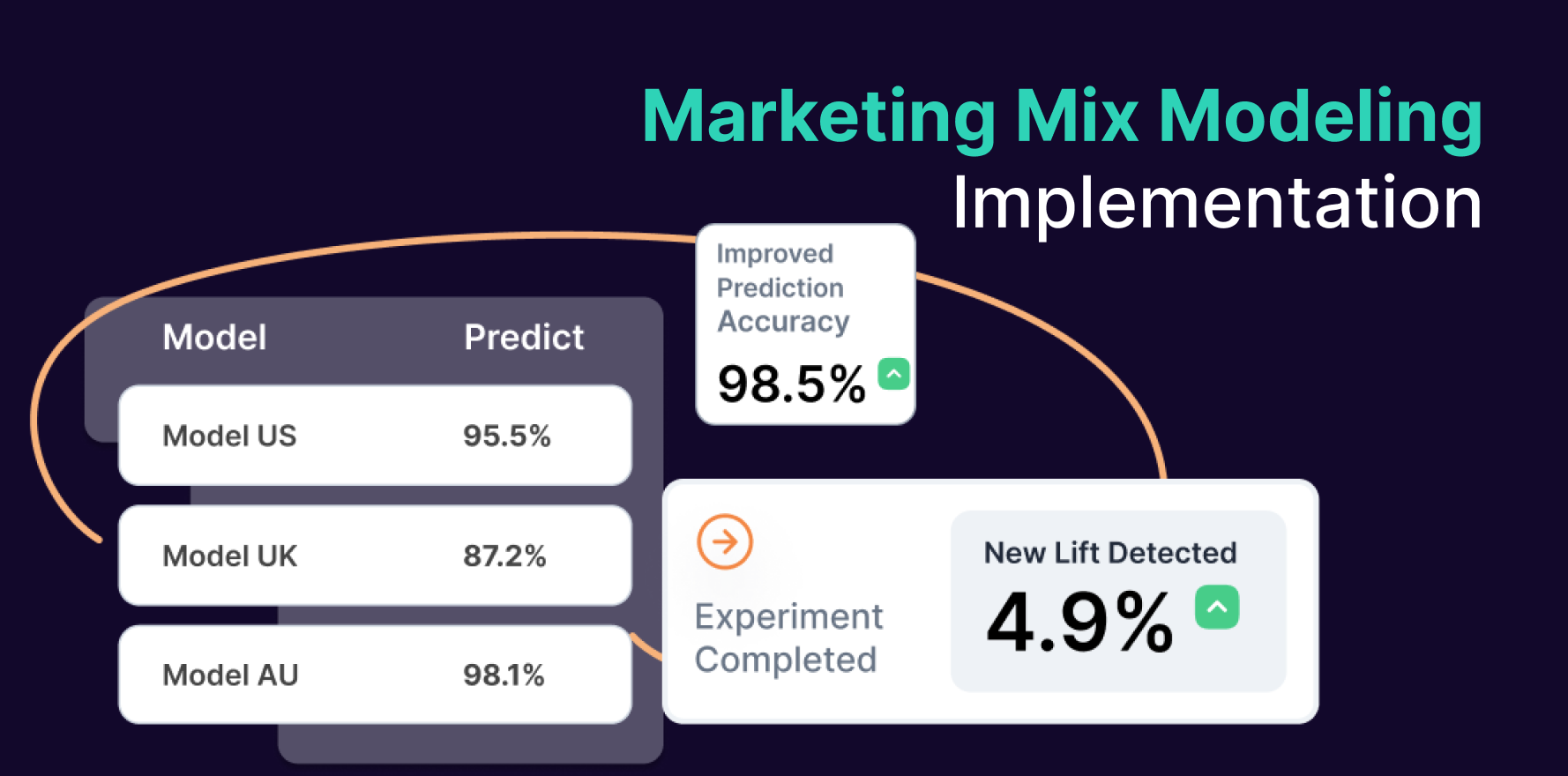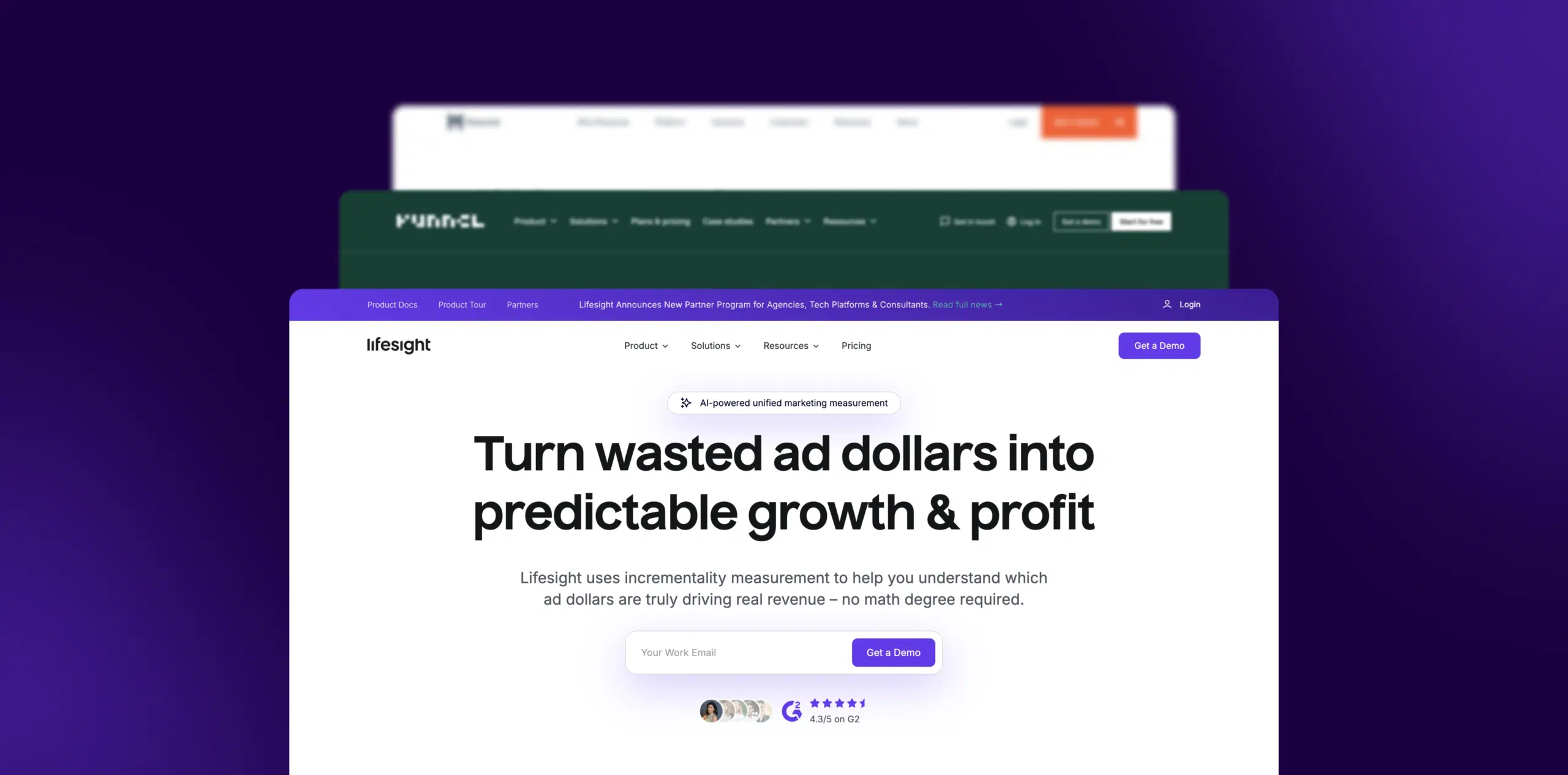What is Ad spend?
Advertising Spend, often abbreviated as Ad Spend, is a computable metric related to marketing strategy that refers to the amount of money a business is willing to allocate towards advertising campaigns on various channels such as social media, search engines, print media, television, and more. This financial commitment towards promotional activities is usually planned and structured within a company’s overall marketing budget. It can also be indicative of the extent and reach of the advertising efforts, directly correlating to a business’s visibility and brand recognition.
Formula
Example
If Company A sets a budget of $10,000 per month for Google Ads and $5,000 for Facebook Ads, the total Ad Spend for that month would be $15,000.
Why is Ad spend important?
Ad Spend is integral to a company’s growth. Having a well-spent and focused advertising budget can help a business reach its target audience more efficiently, expand customer base, increase brand awareness and improve sales revenues. Since it is a quantifiable metric, it helps in monitoring and refining marketing strategies for increased Return on Ad Spend (ROAS).
Which factors impact Ad spend?
Optimizng Ad Spend includes evaluation and utilization of the advertising mediums that offer the best ROAS in light of the business objectives. This could be accomplished by A/B testing, focusing on high-performing channels, using targeting and re-targeting strategies, leveraging SEO, and updating the plan constantly based on engagement metrics.
How can Ad spend be improved?
Ad Spend can be influenced by numerous factors such as business size, industry competition, business objectives, target audience, market trends, economic climate, product/service type, and the specific marketing channel’s cost.
What is Ad spend’s relationship with other metrics?
Ad Spend is closely intertwined with other ecommerce metrics. While it directly affects metrics like Click-Through Rate (CTR), Conversion Rate and ROAS, it also possibly influences Customer Acquisition Cost (CAC) and Lifetime Value (LTV) indirectly. By investing wisely in advertising, companies can attract more traffic to their online store, convert more visitors into customers, resulting in higher revenue, and potentially, customer loyalty.
Free essential resources for success
Discover more from Lifesight






















































